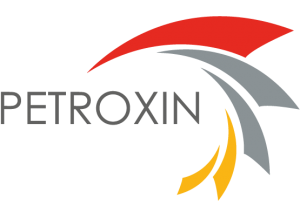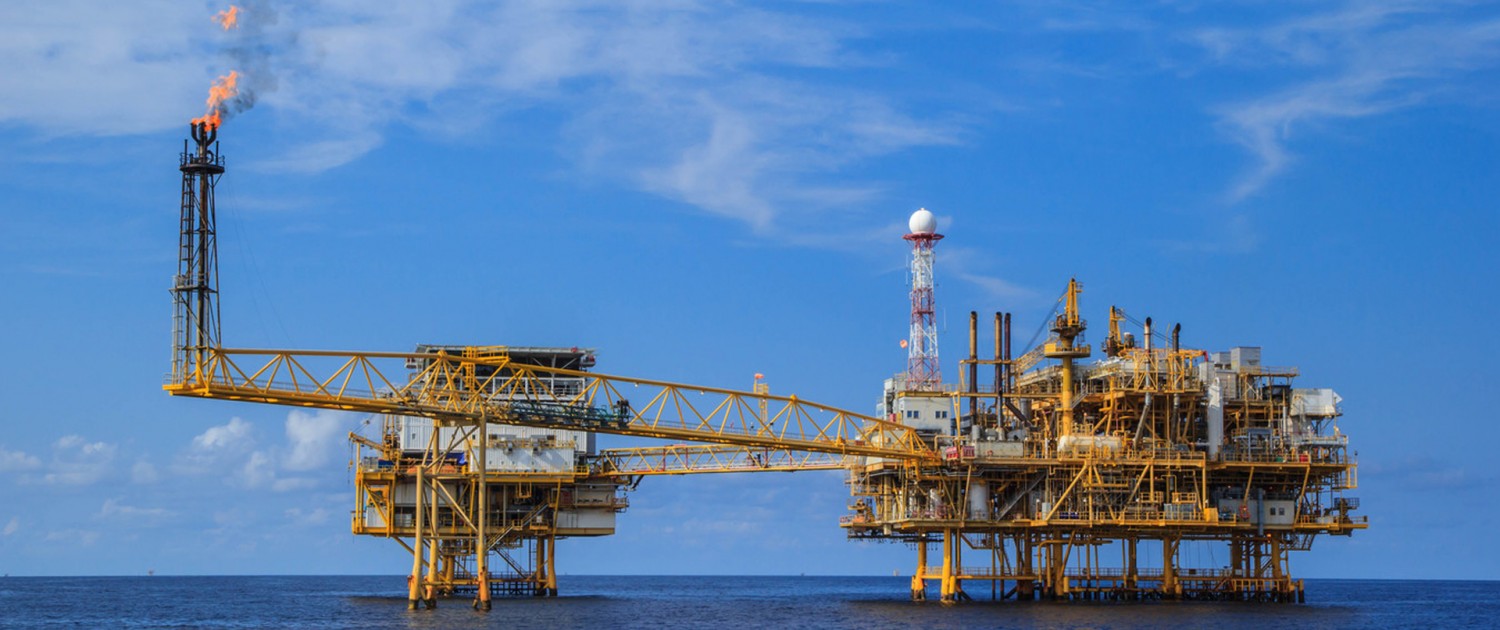- Hydraulic fracturing modeling and advice
- Modeling and troubleshooting production network
- Integrated production modeling
- Well planning and target selection
- Intelligent Field as a production optimization tool
- Acidising stimulation modeling
- Optimisation of field production
- Well performance optimisation
- Enhanced Oil Recovery (EOR) studies
Intelligent Field as a production optimization tool
Our intelligent field services include but are not limited to:
- Field development and intelligent well planning
- Design of intelligent production and injection well completion
- Production optimisation of Intelligent well
- Well monitoring and data interpretation

Intelligent field (aka I-field, digital field, smart field) is one of the most important and interesting topics in production engineering. The core elements of the intelligent fields are intelligent wells (aka I-wells, smart wells). I-wells are equipped with downhole devices providing monitoring and control capabilities of different zones. While real-time downhole monitoring provides detailed information and help to identify the inflow or outflow problems, the flexible control will optimize the production and increase the recovery. From the application point of view, the primary aim of the I-wells was to reduce the number of wells and interventions required. But the technology’s true promise is best realised when the I-well changes its identity from intervention avoidance to a reservoir management tool. I-well enables the operators to monitor and control the zonal phase production to optimise the current production and enhance reserve recovery. The recent developments in technology (e.g. downhole permanent pressure and temperature sensors) improved the accuracy and enhanced the application of I-wells. The following are categories where I-wells can provide added-value comparing to conventional wells:
Commingled Production
- Isolated and controllable production from multiple reservoirs with reduced number of wells (especially important in offshore developments)
Production Optimisation
- Locating and controlling regions with high water or gas cut (water conning, gas conning, thin oil reservoirs)
- Improving oil production, reducing production of unwanted fluid, extending well life, improving reserve recovery
- Reducing hill-toe effect and equalising flow in heterogeneous reservoirs
Uncertainty Reduction
- Reacting to unpredicted situation (e.g. early water breakthrough) using interval control valves
- Autonomous control devices to reduce the unpredicted production of unwanted fluid
Dump Flooding
- Internal gas lift operation to reduce the hydrostatic head of the oil column in the well
- Gas injection from gas zone to the oil reservoir for pressurization
- Water injection from aquifer to the oil reservoir for pressurization
- Water or gas flooding into the oil reservoir for sweep efficiency improvement
Data Acquisition
- Downhole production testing
- Well test data for field development planning
Well Stimulation
- Acidised intervals identification
- Well clean-up
- Hydraulic fracturing

